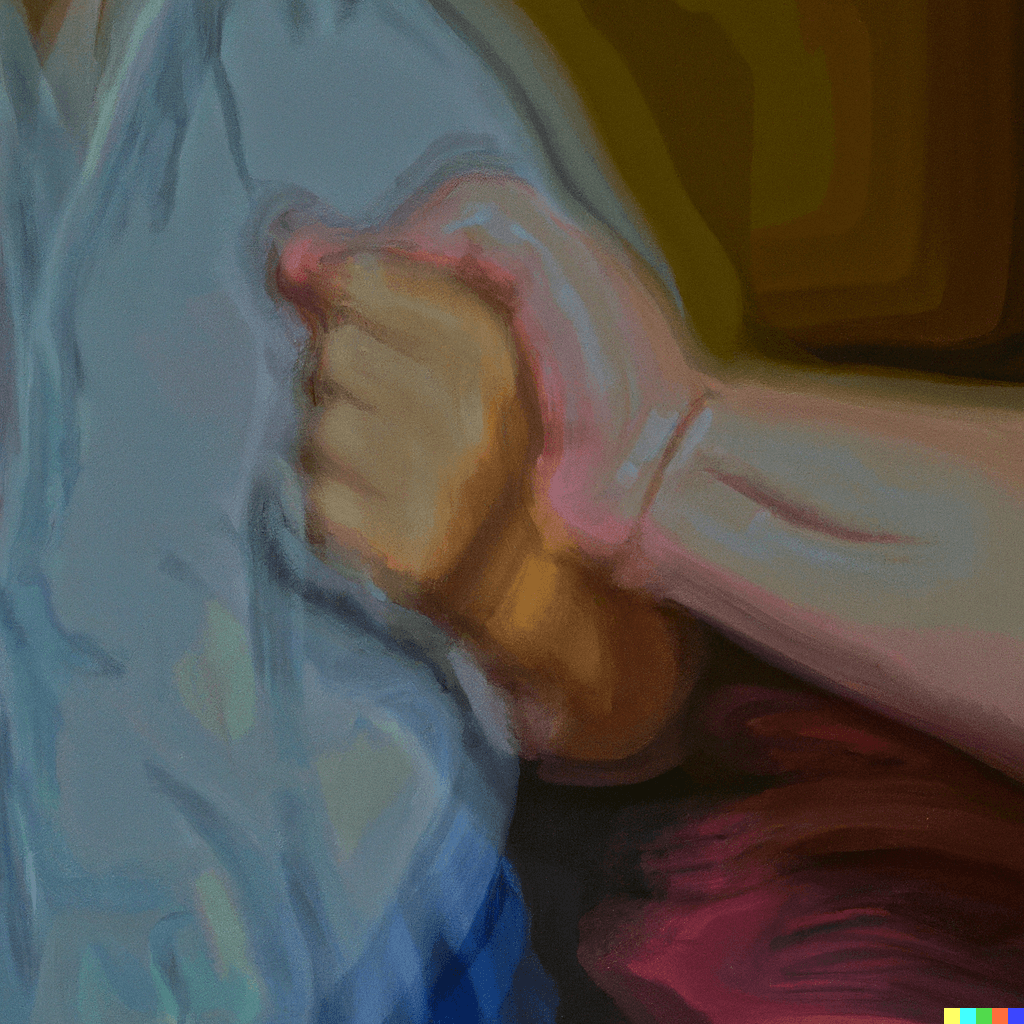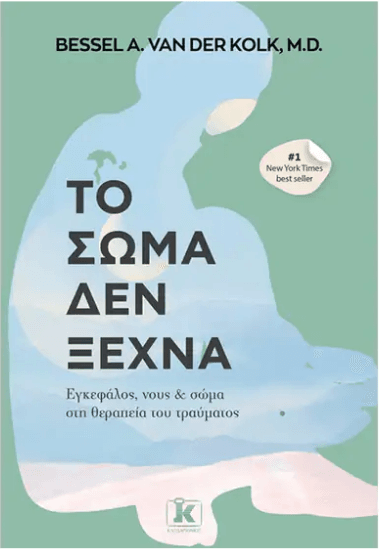I think what we read is very important work, as it is a specialized psychotherapeutic intervention that is addressed to both the psyche and the body (or rather through the psyche to the body). Furthermore, it also addresses the external reality (family, social environment), in which these two elements (psyche and body), need to adapt through interaction and through composing a unity.
I will mention three points:
1. The sense of loss, which is the title of our discussion
The word loss, according to the classic French dictionary Bailly, does not appear in the written texts of the eras of either Homer, Hesiod, or the ancient Greek tragedians, neither in those of the great Athenian orators.
It first appears in Aristotle, specifically in his work “Nicomachean Ethics”. “Loss of property” of the prodigal person, i.e. loss, damage (1120a). It is more than a century later that it is mentioned again by the historian of the “Rise of the Roman Empire” Polybius, with the “loss of men”, who perished in the war. Something is changing, lifeless or animated – that is its meaning.
The negative meaning, the emotional aspect, the moral and lamenting burden, are first offered in the Gospels. According to John (17:12), Jesus calls Judas “Son of Perdition,” at the end of the Last Supper. “Wide is the gate and broad is the road that leads to loss (destruction)” says Jesus in the “Sermon on the Mount,” according to Matthew (7:13).
But let’s move on to the psychotherapeutic concept of loss:
As Freud describes, there are different psychic pathways in loss management. How does one accept and how does he bear the loss? Which internal mechanisms does he experience or activate?
We need to mention here that loss is an inherent part of every human (and indeed not only human) being’s life, as it is through loss that it becomes connected to reality. The first shock of physical loss is experienced by every infant, who since conception has experienced his own body and that of his mother’s as one, and especially with the breast from which it feeds.
But, as Melanie Klein has described, the baby will later (by moving from the “paranoid-schizoid” to the “depressive” position) recognize the mother -the other- as a different person who can it can love, rejoice in her presence and bear her absence. This means that it will become an adult who has embraced the notion of difference, as well as the sense of self as a human and not as an omnipotent entity. An adult that does not submit to the fate of a catastrophic loss, but instead devises a new creative framework, based on the new data. It is a process of transition from primary narcissism to an interpersonal position. But this is precisely a process of accepting loss: abandoning many of the elements of the previous state, in order to adapt to new circumstances.
2. The relationship between the individual and the group
Here, we come to emphasize the importance of the broader, community framework, which often interferes in the conceptualization of individual characteristics. For example, G. Bateson has reported that, according to Lewis’s experiments, there were large differences in the way Americans and Germans responded to failure. Americans saw failure as a challenge to step up the effort. Germans responded to the same failure with discouragement.
Although one objection to this experiment finding is that the experimental conditions may not be the same for both groups, the concept of “community” itself is an important context for the work to which we refer and of course, for the work at KAT.
The physically injured are not alone. First of all they come from a family, a neighborhood, a school, a stadium, a group of friends, a job, one -or more- erotic relationships. And, of course, the standards of these pre-existing “communities” have influenced their attitude towards this physical loss. Also within KAT hospital, along with their physicians, they also have psychotherapists, as well as other patients who are in therapy. At the same time, therapists also have their own team (where they discuss to agree, but also to disagree).
Therefore, we see a living community (a new living community for patients’ lives) that is able to interact and thus contribute to “healing the wounds”. At the same time, it is able to positively reshape the impact of the former community on their lives through a re-reading of their genogram.
3. This takes us to the last point, which is the meaning of the genogram
“The self is two million years old” Jung told us.
The process of making and presenting a genogram is perhaps one of the greatest moments in psychotherapy.
It is performed “piece by piece” with the patient remembering, dreaming and bringing ancestral material, with the therapist interpreting, reframing and with both of them reflecting understanding, and learning from the positive or negative coping with all kinds of wounds from the past.
Myths, contradictions, transcendental elements, as well as primitive elements emerge through this process. But most importantly: losses and injuries in previous generations. As M. McGoldrick suggested, by “opening old chests” the patient comes into contact not only with enlightening information, but also with silences, gaps, secrets and “crypts of serious secrets” about intergenerational trauma.
The goal is to stop the recurrence of past wounds. By healing the traumatic experiences of genealogical history, a more positive exit from the present traumas will also be possible. For the ultimate, integrational relationship of body and soul, through the notion of “circularity” (as opposed to the dominant medical and/or psychiatric models that accept the linear cause-effect relationship)… Or, in other words, KAT as a hospital specializing in injuries from accidents and at the same time a hospital that is healing wounds of the body and soul.
I conclude by returning to antiquity and referring to the tragedy, where a physical disability is a central theme. This is Aeschylus’ “Prometheus Bound”. Punished by Zeus for giving fire and knowledge to humans, chained to the rocks of the Ocean coast in Scythia, he is left without a vital organ for his survival: the liver. “Then indeed the winged hound of Zeus, the ravening eagle, coming an unbidden banqueter the whole day long, with savage appetite shall tear your body piecemeal into great rents and feast his fill upon your liver until it is black with gnawing”. (1035-1039). Prometheus does not yield, does not reveal the name of the one who will dethrone Zeus in order for the ruler of the gods to release him. He is proud, he is brave, he is a fighter: “I will endure this fate”, (397). The Chorus of the Oceanids admires him for his stubbornness, perseverance, and his fighting spirit: “You are bold, and do not yield to your bitter pangs; you give too much license to your tongue”. (189-101).
The patients we have seen at KAT are also worthy of this praise, as are the medical – nursing – therapeutic staff as well as the four authors, Kia Thanopoulou, Kyriaki Vagena, Vasiliki Panou and Anastasia Kasiola.


